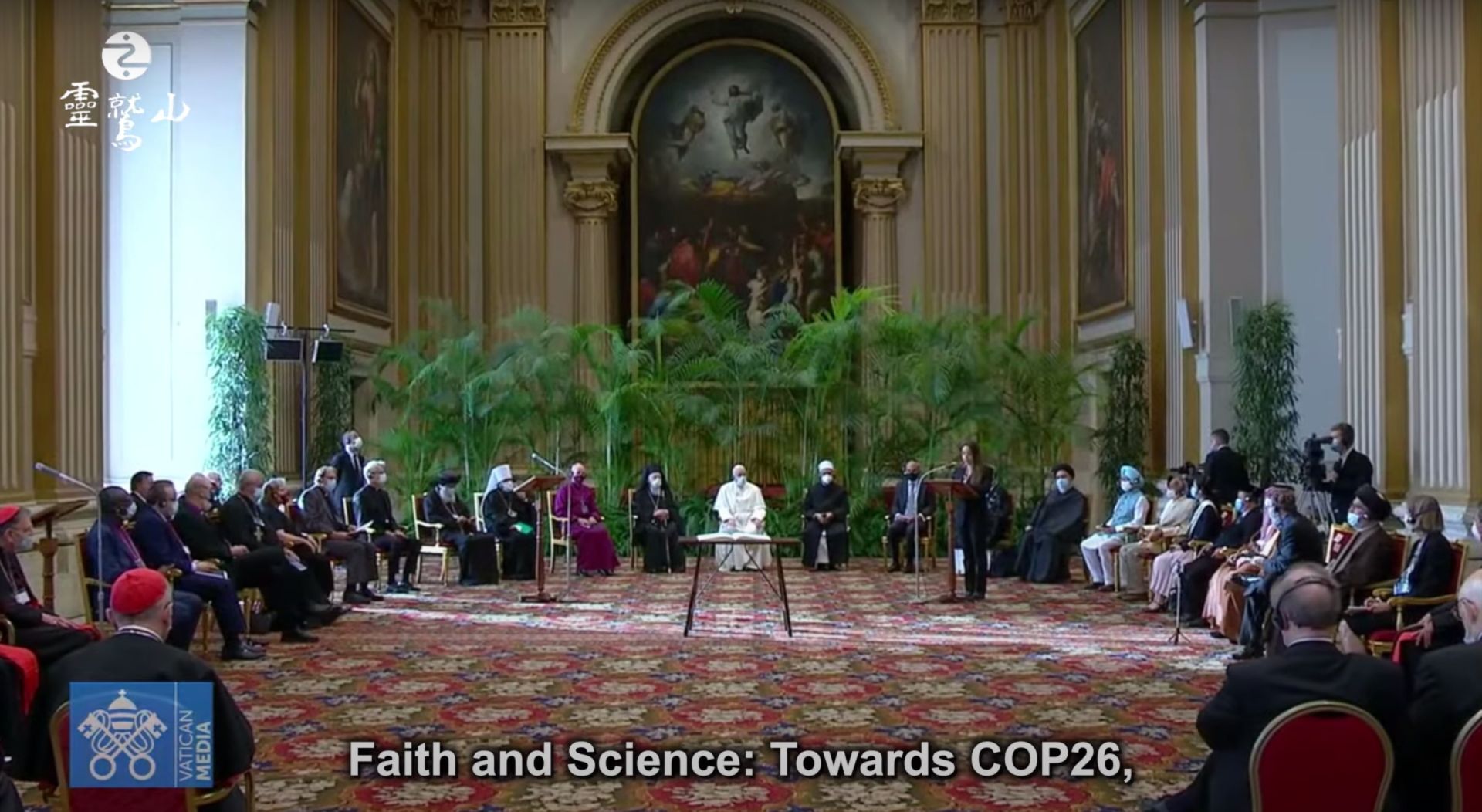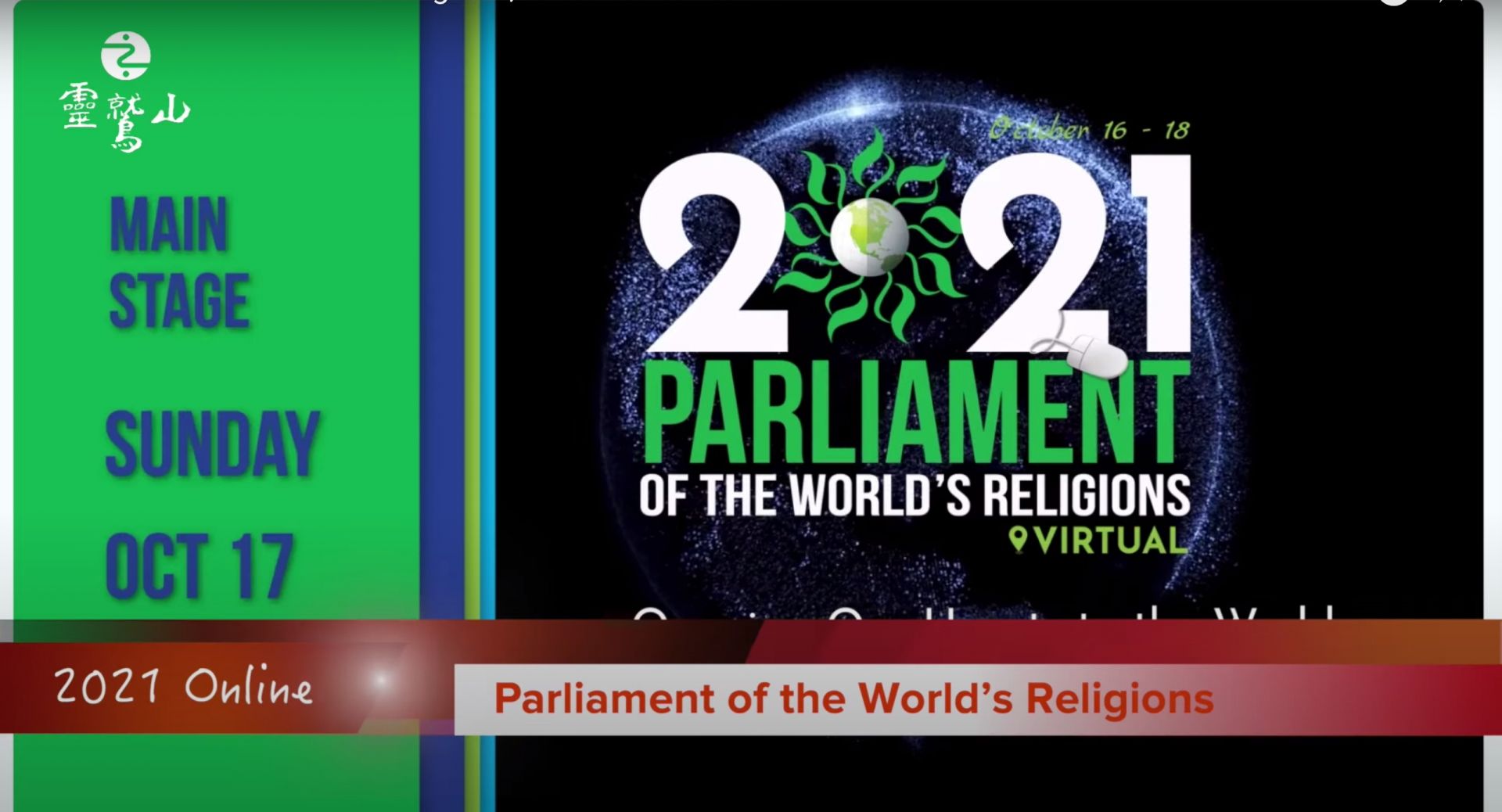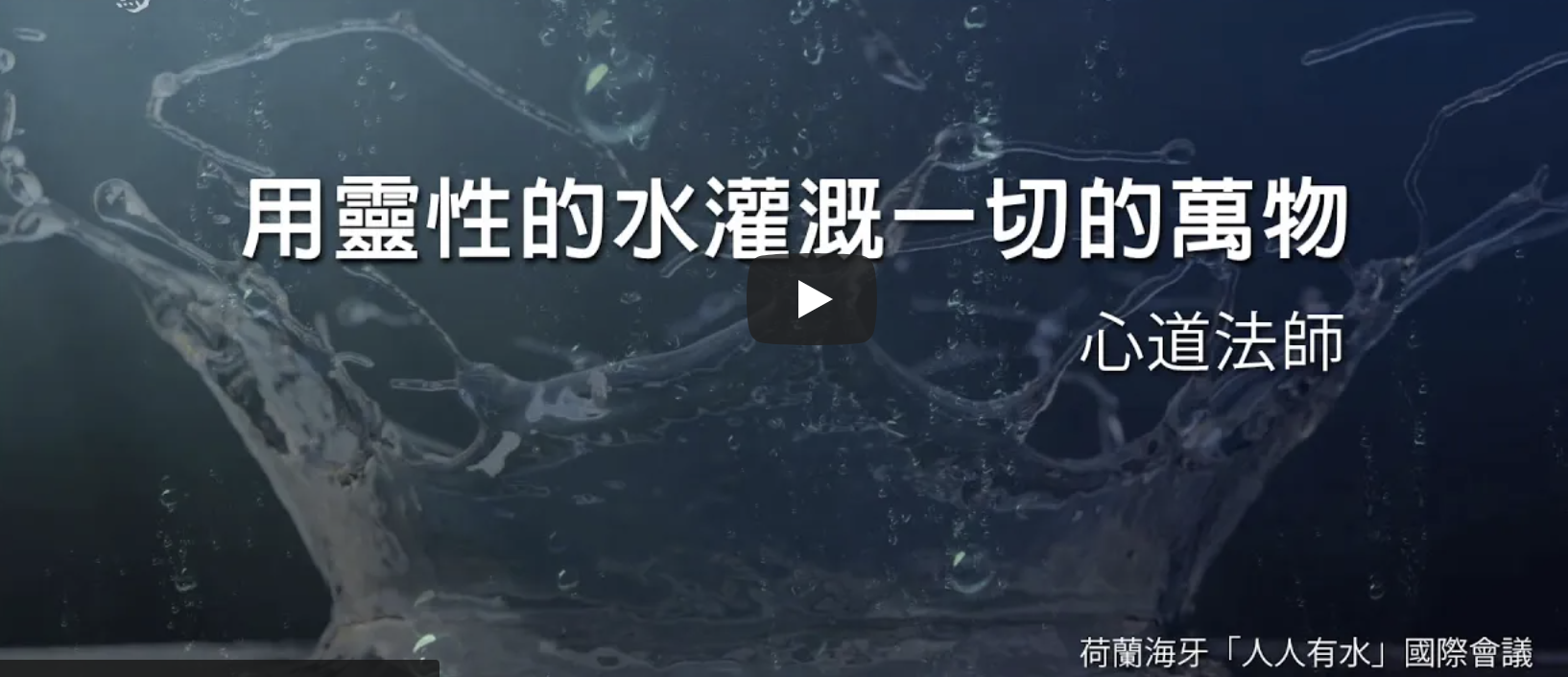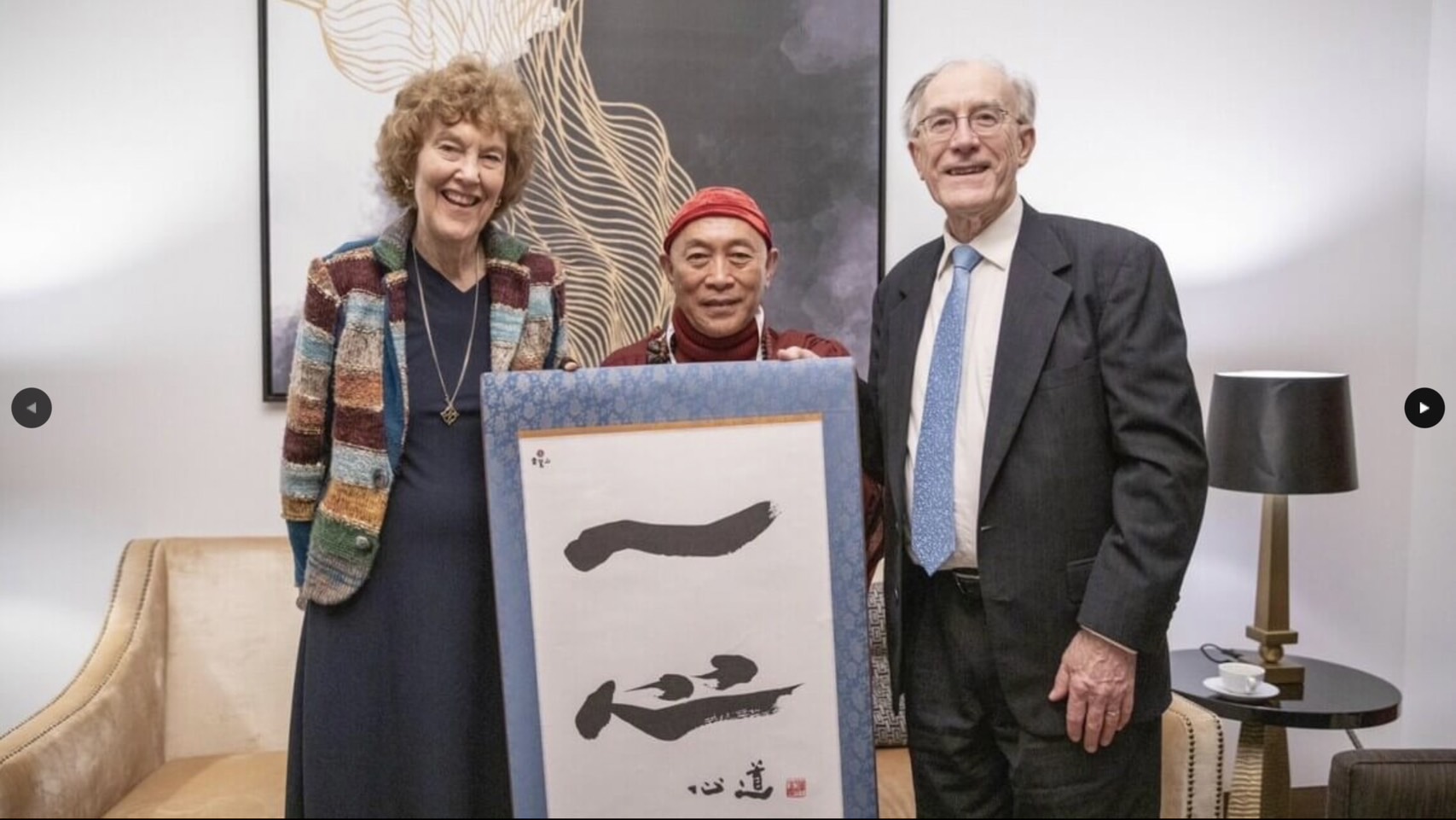Banned Ozone-Harming Gas, Once on the Rise, Declines Again
Through requirements for monitoring and phasing out production of the chemicals, the Montreal Protocol has led to an increase in stratospheric ozone, with a full recovery of the ozone layer expected by the middle of the century.

Advertisements in Xingfu, China, for locally made refrigerators. Some factories in the area have continued to use CFC-11, which destroys ozone.Credit...Gilles Sabrié for The New York Times
Emissions of a banned ozone-destroying gas that had risen unexpectedly since 2012 appear to have declined in the last two years, according to preliminary data reported by scientists on Monday.
The findings suggest that China, which was thought to be the source of most of the rogue emissions of the chemical, CFC-11, has made strides in clamping down on illegal production of the gas. CFC-11 is used to make insulating foams.
“The good news is, the report this morning shows emissions now going down significantly,” said Durwood Zaelke, president of the Institute for Governance and Sustainable Development, a research and advocacy organization based in Washington, D.C.
The data was presented by Stephen A. Montzka, a research chemist with the National Oceanic and Atmospheric Administration, at a meeting in Rome of signatories to the Montreal Protocol, the landmark environmental accord of the 1980s that banned CFC-11 and similar chemicals collectively known as chlorofluorocarbons.
Dr. Montzka and colleagues reported in 2018 that worldwide CFC-11 emissions were rising, following years of steady decline as new production was outlawed and most emissions came from existing foams as they aged. If the emissions increase continued, they said, that would slow progress in restoring the ozone layer, which protects living organisms, including humans, from harmful solar radiation.
The 2018 study suggested the source of most of the rogue emissions was East Asia. Additional research this year pinpointed the source more closely, suggesting that at least 40 to 60 percent of the increased emissions were coming from eastern China. Several investigations, including one by The New York Times, found evidence that factories in that part of China were making the gas or using it to make insulating foams.
The Montreal Protocol, which is generally considered the most successful environmental pact in history, was drawn up in response to research showing how chlorofluorocarbons, once widely used as refrigerants and propellants, were harming the ozone layer. (Because they are greenhouse gases, they also contribute to global warming.)
Through requirements for monitoring and phasing out production of the chemicals, the pact has led to an increase in stratospheric ozone, with a full recovery of the ozone layer expected by the middle of the century.
Mr. Zaelke said the new findings showed that “the treaty regime is continuing to do its job and we’re seeing a response.”
China initially denied that its factories were violating the ban on CFC-11, but the government also promised to eliminate any illegal production it found. On Wednesday, it submitted a short report to the meeting about its efforts.
Among other things, the government said it had stepped up monitoring and enforcement efforts, supplying inspectors with equipment to instantly detect the presence of CFC-11 and building six regional testing laboratories.
The report also detailed the destruction of several CFC-11 factories, including one in Liaoning Province that was situated behind a seafood-processing facility. But all three factories described in the report were small, incapable of producing anywhere near the quantities of CFC-11 that have been emitted since 2012.
Mr. Zaelke said that the Chinese report suggests there is more work to be done to fully understand how the rogue emissions happened and to make sure similar episodes do not occur.
“China is clearly taking the issue very seriously and responding well,” he said. “But that’s not where the story ends.”
Original Link: The New York Times


.png)




